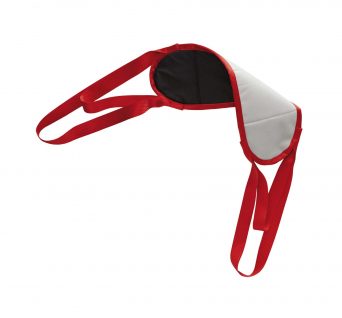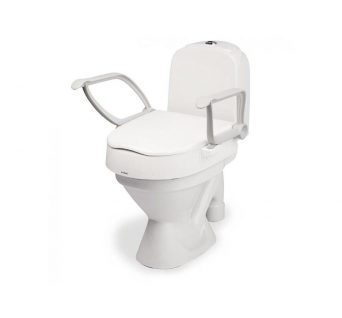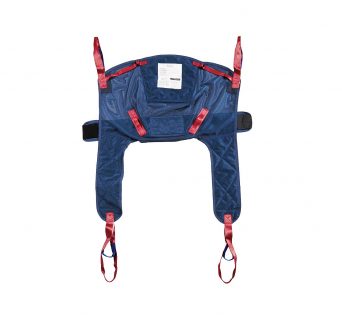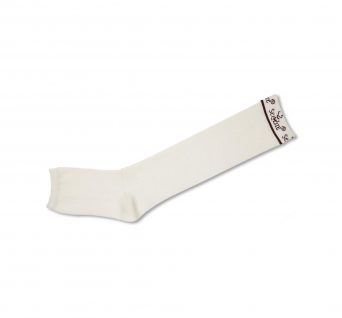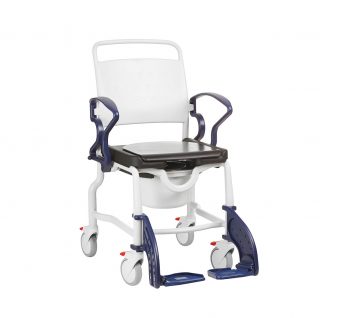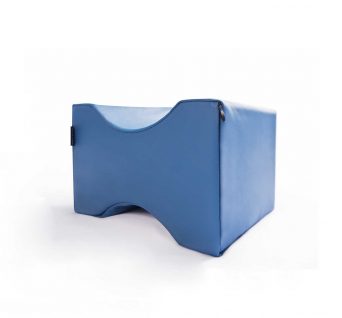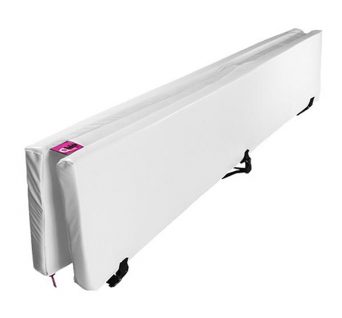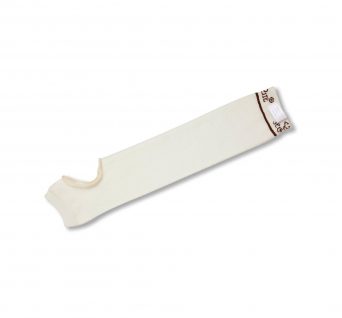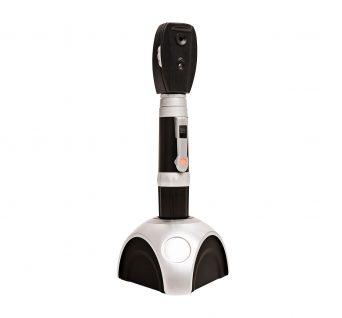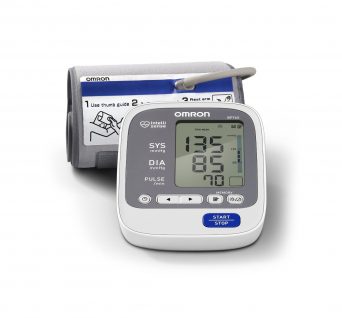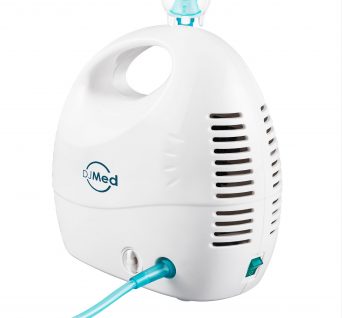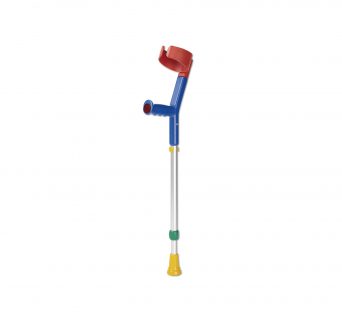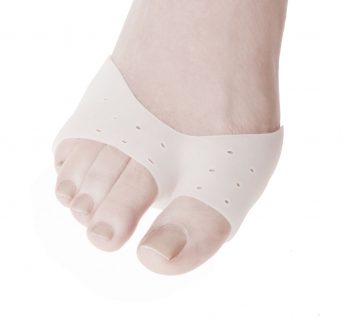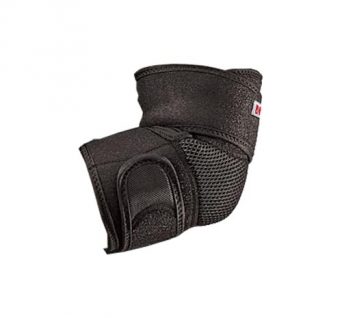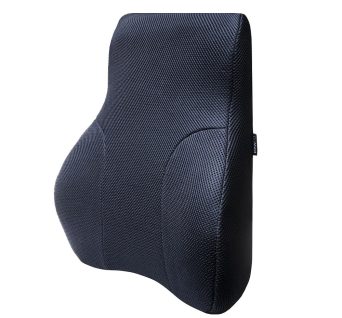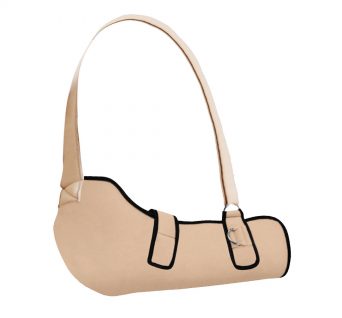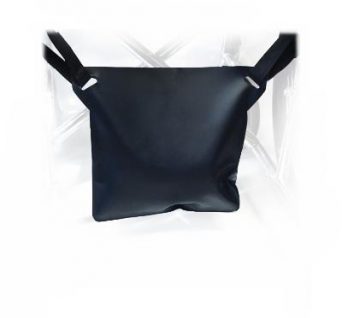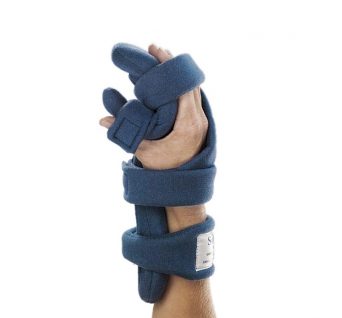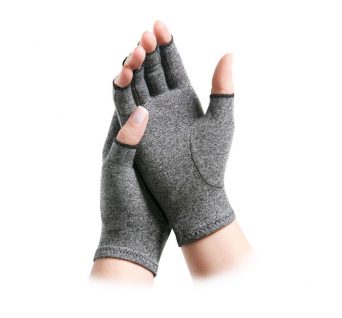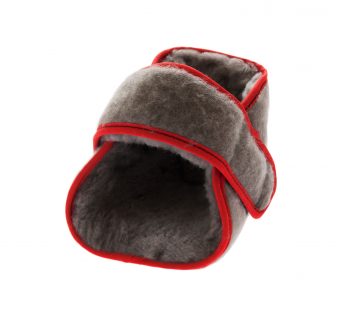No products in the cart.
Back & Lumbar Support
Showing all 4 results
Body Positioning Wedges
Back and lumbar support cushions are ergonomic accessories designed to provide support and comfort to the lower back and lumbar region while sitting. They are commonly used in various settings, including offices, cars, and at home, to help maintain proper posture, reduce strain, and alleviate discomfort or pain in the lower back. Here's an overview of back and lumbar support cushions:
Lumbar Support Cushions: Shape: Lumbar support cushions are typically designed with a contoured shape that matches the natural curve of the lower back. Placement: They are placed in the small of the back, providing support to the lumbar spine. Purpose: Lumbar support cushions help maintain the natural arch of the lower back, promoting better posture while sitting. This can reduce the risk of developing lower back pain and discomfort during prolonged periods of sitting. Types: Lumbar support cushions come in various types, including foam, memory foam, inflatable, and adjustable cushions.
Back Support Cushions: Shape: Back support cushions are larger and cover a broader area of the back, providing support to the entire back or mid-back region. Placement: They are typically positioned vertically against the chair or car seat. Purpose: Back support cushions offer comprehensive support for the spine and back muscles, improving overall comfort and reducing fatigue during long hours of sitting. Types: Similar to lumbar support cushions, back support cushions come in various materials, including foam, memory foam, and adjustable designs.
Benefits of Back and Lumbar Support Cushions: Improved Posture: These cushions help maintain the natural curvature of the spine, reducing the tendency to slouch or lean forward. Pain Relief: They can alleviate or prevent lower back pain, muscle stiffness, and discomfort associated with prolonged sitting. Reduced Pressure: By providing additional support, these cushions help distribute the body's weight more evenly, reducing pressure on the lumbar and back regions. Enhanced Comfort: Using support cushions can make chairs and car seats more comfortable, especially for individuals with existing back issues. Versatility: Back and lumbar support cushions are portable and can be used in various seating environments, including office chairs, car seats, dining chairs, and wheelchairs.
Considerations When Choosing Support Cushions: Size and Fit: Ensure that the cushion fits the chair or seat properly and offers adequate support to the lower back or the entire back, depending on your needs. Material: Choose a cushion made of a comfortable and durable material that suits your preferences. Adjustability: Some cushions have adjustable straps or inserts, allowing you to customize the level of support and firmness. Portability: Consider the portability of the cushion if you plan to use it in multiple locations. Maintenance: Check if the cushion cover is removable and machine washable for easy cleaning.
Using a back or lumbar support cushion can be an effective way to improve comfort and reduce the risk of back-related discomfort while sitting for extended periods. However, if you have severe or persistent back pain, it's essential to consult with a healthcare professional for a proper diagnosis and treatment plan.
How to use lumbar support cushions for my chair?
Using a lumbar support cushion for your chair is a straightforward process, and it can make a significant difference in maintaining good posture and reducing discomfort in your lower back. Here are step-by-step instructions on how to use a lumbar support cushion for your chair:
Choose the Right Lumbar Support Cushion: Select a lumbar support cushion that suits your chair and provides the level of support and comfort you need. Ensure that it is appropriate for your chair's size and design.
Position the Chair: Place your chair on a level surface in a comfortable working or sitting position.
Adjust the Lumbar Support Cushion: If your lumbar support cushion has adjustable features, such as straps or inserts, set it to the desired level of support and firmness according to your comfort and needs.
Find the Right Position: Sit in your chair with your back against the backrest. Identify the natural curve of your lower back (lumbar region). This curve is usually slightly inward when sitting with proper posture.
Place the Lumbar Support Cushion: Position the lumbar support cushion at the small of your back, where the natural curve of your lower spine is located. The cushion should be centered vertically, aligning with the curve of your lower back.
Secure the Cushion (if applicable): If your cushion has straps or attachments, fasten or secure it to the chair's backrest to prevent slipping or shifting.
Sit Back Comfortably: Lean back gently into the cushion, allowing it to support your lower back. Keep your feet flat on the floor, with your knees at a 90-degree angle or slightly lower. Use a footrest if necessary.
Maintain Proper Posture: Sit up straight with your shoulders relaxed and your head in a neutral position. Avoid slouching or leaning forward, as the lumbar support cushion should help maintain the natural curve of your lower back.
Adjust as Needed: If you find that the cushion is not providing the desired support or comfort, make necessary adjustments, such as repositioning it or altering the firmness.
Use Consistently: – Maintain the use of the lumbar support cushion throughout your sitting sessions, especially during extended periods of work or when driving.
Periodic Checks: Occasionally check the cushion's position and readjust it if it has moved or slipped.
Using a lumbar support cushion regularly can help prevent discomfort, fatigue, and strain in your lower back while promoting better posture. It's essential to use the cushion consistently and make any necessary adjustments to ensure that it effectively supports your lumbar spine while sitting.

